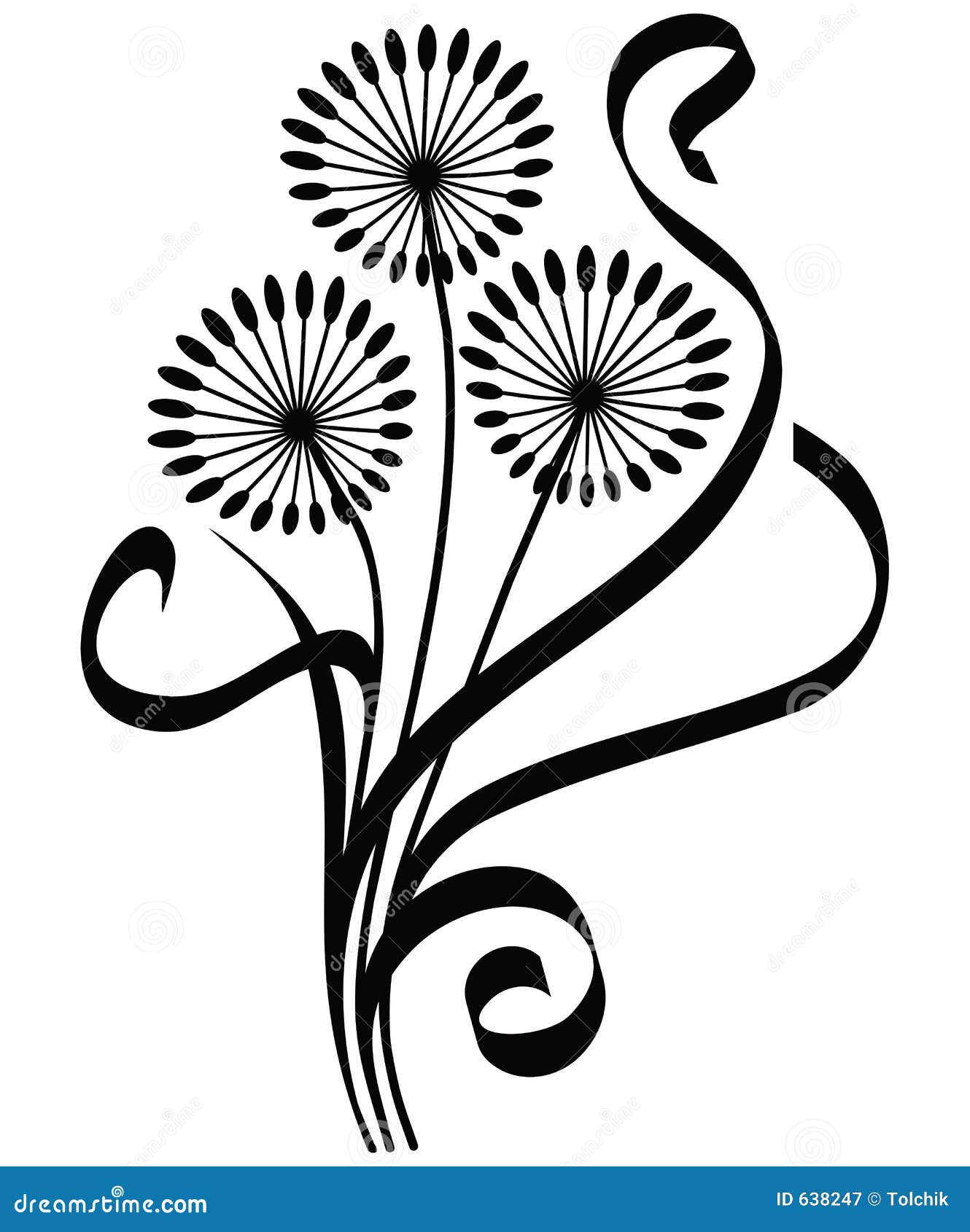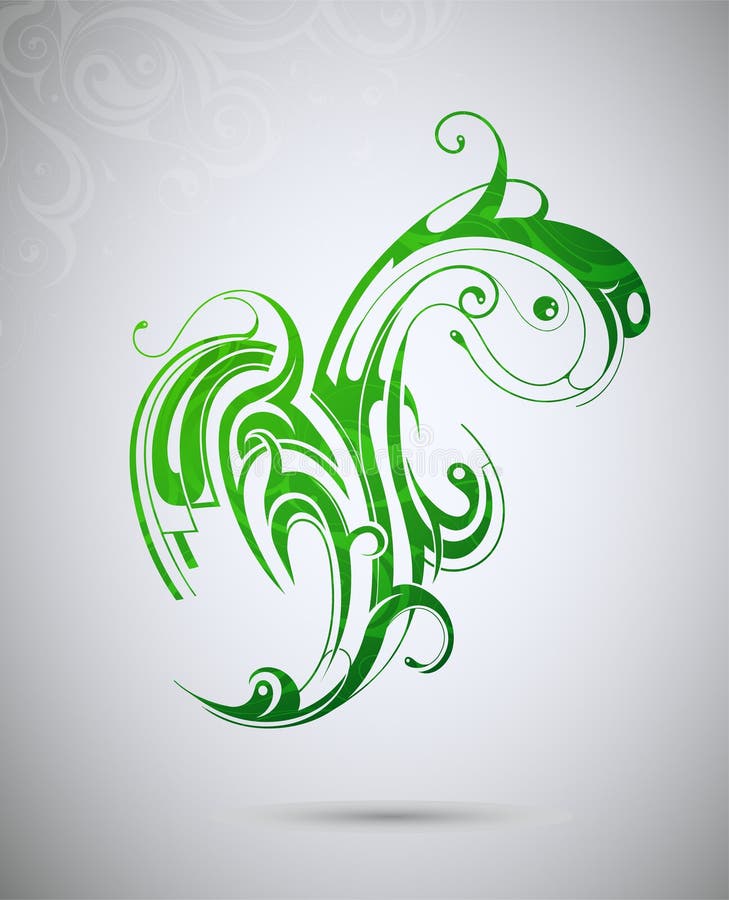Table Of Content

These elements and principles of design represent a set of guidelines that have the purpose of helping you create aesthetically pleasing visuals. More rounded shapes create natural and calm emotions while sharp edges grab attention. Use shapes to create patterns, textures, or symbols depending on the relationship you construct between them.
Questions related to design principles
Elements of design are fundamental building blocks of visual design, the little details that determine the quality and appeal of the design. These elements need to be in the right place and at the right angles to ensure your design works are visually appealing. To create visual interest and hold the viewer’s attention longer, you need variety.
Visual Design: The Ultimate Guide
Designing light-element materials with large effective spin-orbit coupling - Nature.com
Designing light-element materials with large effective spin-orbit coupling.
Posted: Thu, 17 Feb 2022 08:00:00 GMT [source]
Design principles are fundamental pieces of advice for you to make easy-to-use, pleasurable designs. You apply them when you select, create and organize elements and features in your work. Some of them contradict each other, while others complement each other. As a designer, remember that there is always an opportunity to do something brilliant and significant by breaking some odd rules here and there. Making sure all of your design elements flow together nicely is a great way to give your work a professional look and feel. Balance is the most common and most important principle of every design.
Welcome to Element Designs
The human eye is naturally inclined to seek out proportions and balance and follow the natural progression of any piece of visual art. The principles include contrast, balance, pattern, variety, and unity. These guidelines use elements to tell a story or atmosphere and help blend the elements effectively. Learning the elements and principles of design is essential to becoming an exceptional artist or designer. Pattern uses a repeated arrangement of elements to create consistency and unity throughout.
Texture
Design principles are the rules that guide the use of design elements to help designers create masterpieces. These design principles guide graphic designers to deliver quality and intended results. The principles of design in art are foundational concepts that guide the creation and evaluation of artworks, ensuring visual harmony, balance, and cohesion. These principles include balance, contrast, emphasis, movement, pattern, rhythm, and unity/variety.

Each principle plays a pivotal role in organizing or arranging the visual elements in a design, ultimately shaping the viewer's experience. This comprehensive resource provides insights into the interconnectedness of design principles in various mediums. Visual design is about creating and making the general aesthetics of a product consistent. To create the aesthetic style of a website or app, we work with fundamental elements of visual design, arranging them according to principles of design. These elements and principles together form the building blocks of visual design, and a firm understanding of them is crucial in creating a visual design of any product. Value refers to the lightness or darkness of colors and tones within a design.
When done tastefully, bohemian interiors can be an incredibly effective way of creating soul-filled spaces that feel dynamic and layered. Designers pay attention to their line when designing because they know it can create visual interest. In design, lines can be vertical, horizontal, or diagonal, and you don't always have straight lines.
Symmetry vs. Asymmetry - Recalling basic design principles
Balance in design is similar to the concept of balance in Physics. Vertical lines establish an atmosphere of balance, alertness, and formality. It is always defined by boundaries and more often used to stress a particular portion of a page. Use defaults wisely – when you offer predetermined, well-considered options, you help minimize users’ decisions and increase efficiency.

Direction is an element of design that establishes the general mood and atmosphere. In design, shapes can be created when you are combining all other elements or they can be combined to create icons or symbols for your design project. For example, daylight constantly alters how we perceive colors, and different light sources like incandescent, LED, or fluorescent can shift color appearances. Also, colors can appear different depending on their background, a phenomenon known as simultaneous contrast. For an in-depth exploration of color's impact on design, watch the insightful video by Joann Eckstut on the topic. The principles of design aren’t intended to stop you in your creative process and to adhere.
There might be many variations to this answer, however, in most, you’ll definitely find the design principles below. Space is powerful when you want to deliver a direct message without the clutter of other design elements. This particular principle refers to the order and organization between and among the elements.
Receive weekly practical tips on how to communicate visually, right in your inbox. And if you want to receive additional tips on becoming a better visual communicator, don’t forget to sign up for our weekly newsletter below. Visual direction refers to instances in which the content screams “look over here” through the use of horizontal and vertical lines. The direction, weight, and character of the line can convey different states of emotions and can evoke various reactions. You can also learn with your fellow course-takers and use the discussion forums to get feedback and inspire other people who are learning alongside you. You and your fellow course-takers have a huge knowledge and experience base between you, so we think you should take advantage of it whenever possible.
Hyundai Explains This Super Weird Elantra Circle Design Element - Motor1
Hyundai Explains This Super Weird Elantra Circle Design Element.
Posted: Wed, 18 Mar 2020 07:00:00 GMT [source]
Form and shape are mutually dependent because changing one would affect the other. The spatial relationship between form and space can create tension and add 3D qualities to your design. Form and space will lend the design lots of visual activity that can help keep viewers engaged. To create a 3D effect in your design, you can add shadows, stack multiple elements, or play with color. We are surrounded by shapes that we may not think about much; we usually think of shapes as the main geometric structures. For designers, shape is one of the most important elements when it comes to branding development.
It can attract attention, influence mood, and even trigger physiological responses. Colors can be warm or cool, vibrant or subdued, and are often used to represent different emotions or concepts. By the end of this article, you will have a deeper appreciation of these fundamental components and how they interact to create compelling designs.
As mentioned above, there are no strict rules when deciding on the best colors for a Bohemian interior scheme. However, referencing earth tones can provide a fitting base for your room color ideas, with bolder hues adding interest to the space in the form of accent colors. A designer can draw geometric forms with a ruler, compass, or electronic device. These tools produce precise shapes that resemble architectural works. Now that you know the basic principles of design, it’s time to put them into practice. Proximity preserves unity and maintains the continuity of visual elements.
Understanding the fundamentals of design is the first step to creating cohesive and harmonious visuals. When we look at a design piece, our eyes are looking at a composition. By carefully and thoughtfully arranging elements on a page, you are able to portray more than just visuals. Gestalt refers to our tendency to perceive the sum of all parts as opposed to the individual elements. The human eye and brain perceive a unified shape in a different way to the way they perceive the individual parts of such shapes. In particular, we tend to perceive the overall shape of an object first, before perceiving the details (lines, textures, etc.) of the object.

No comments:
Post a Comment